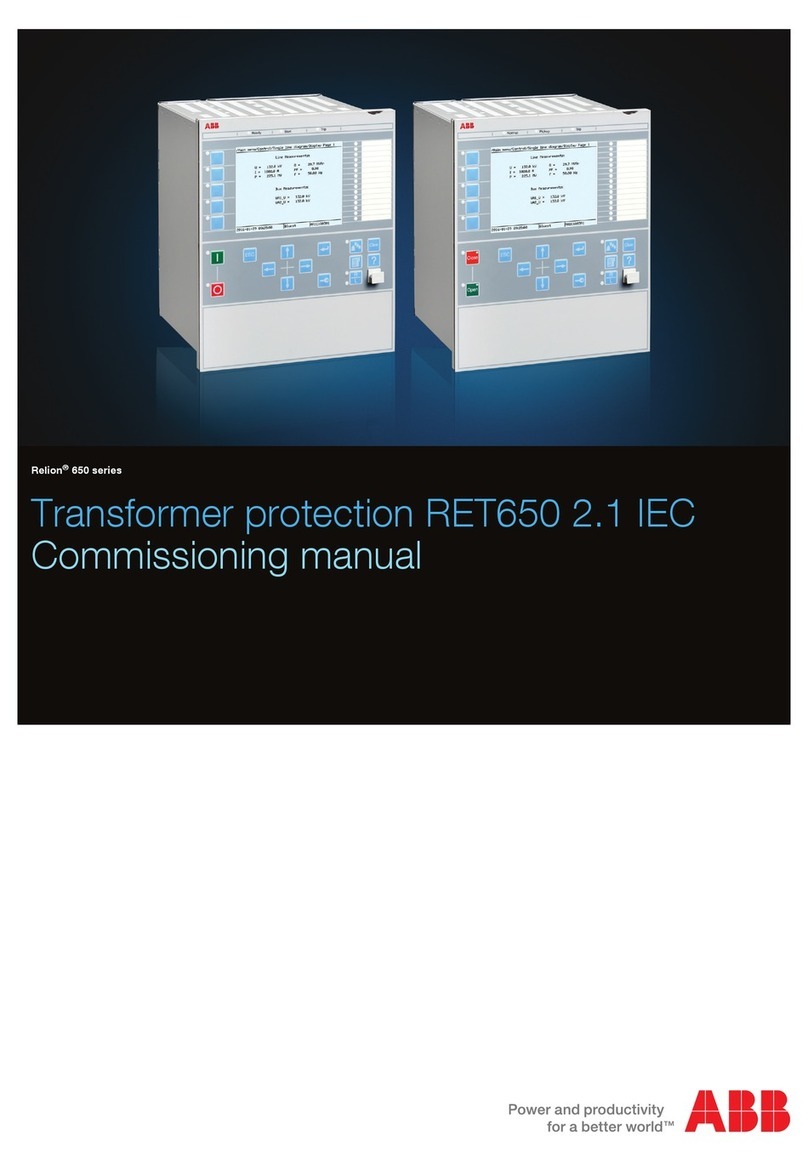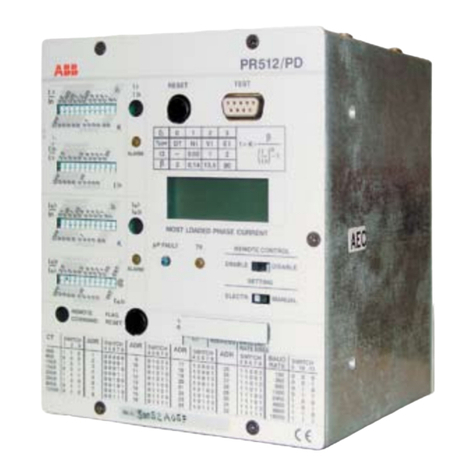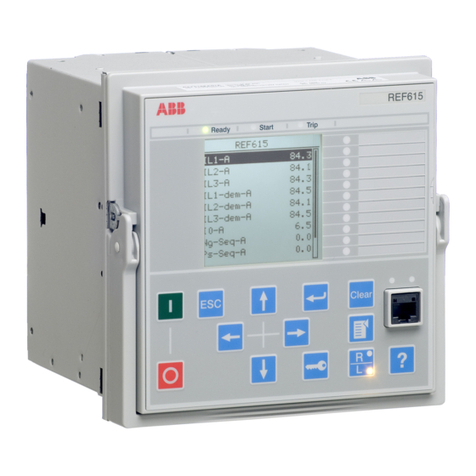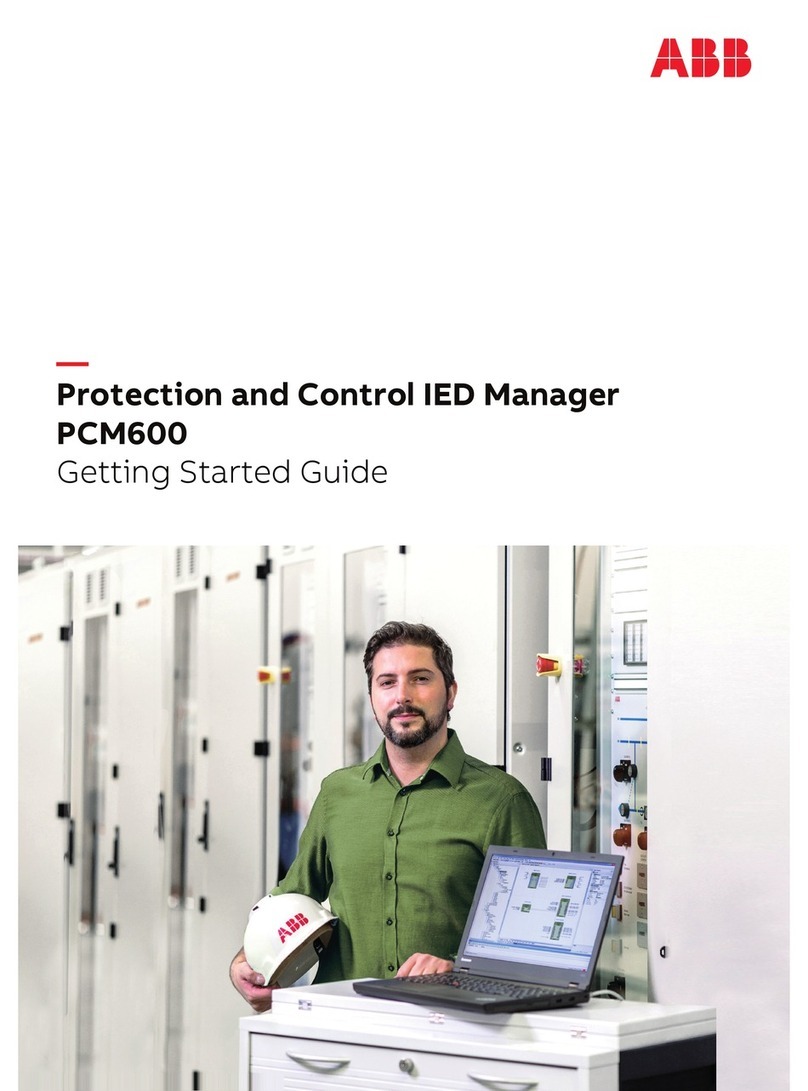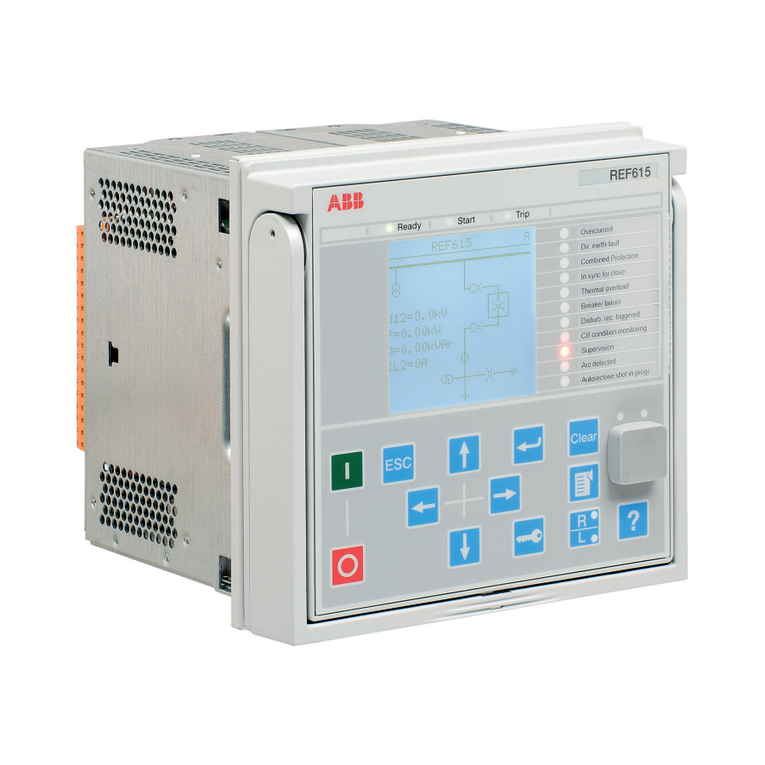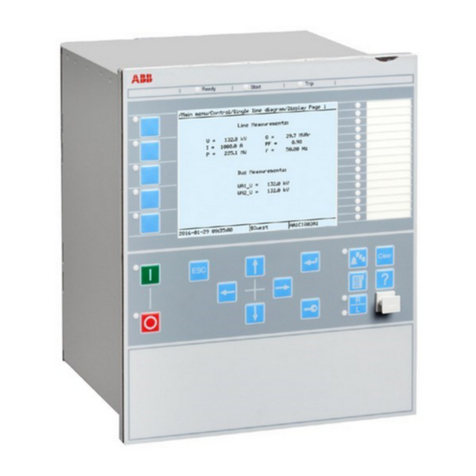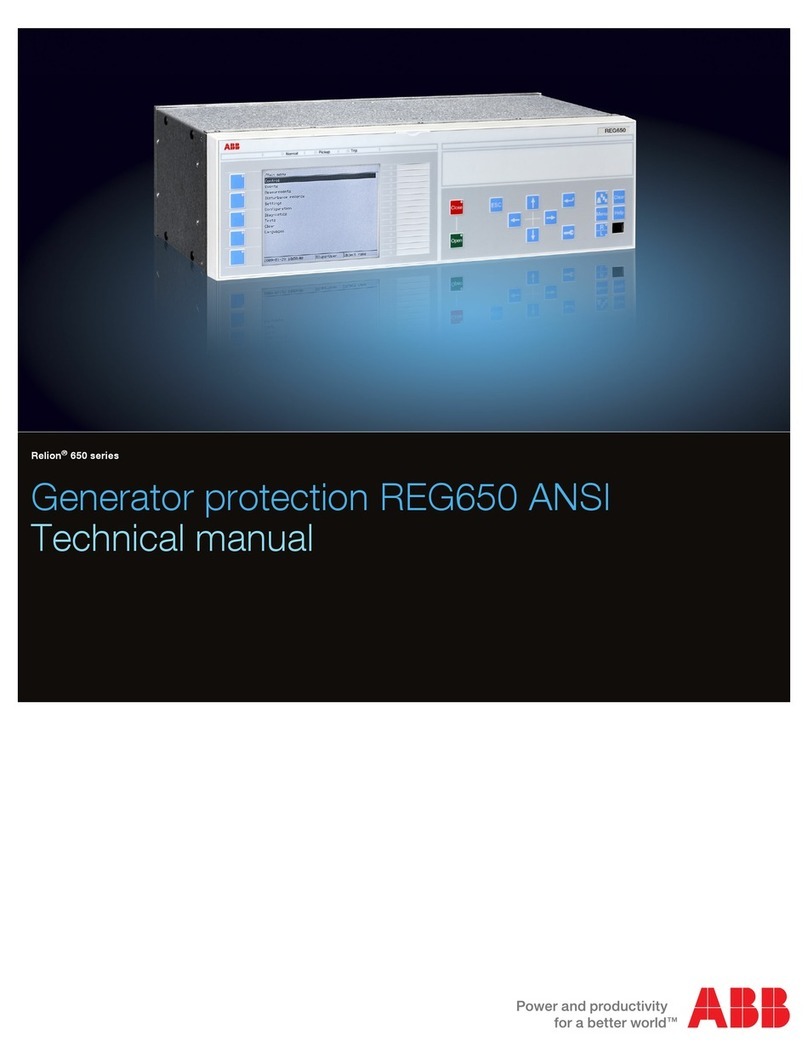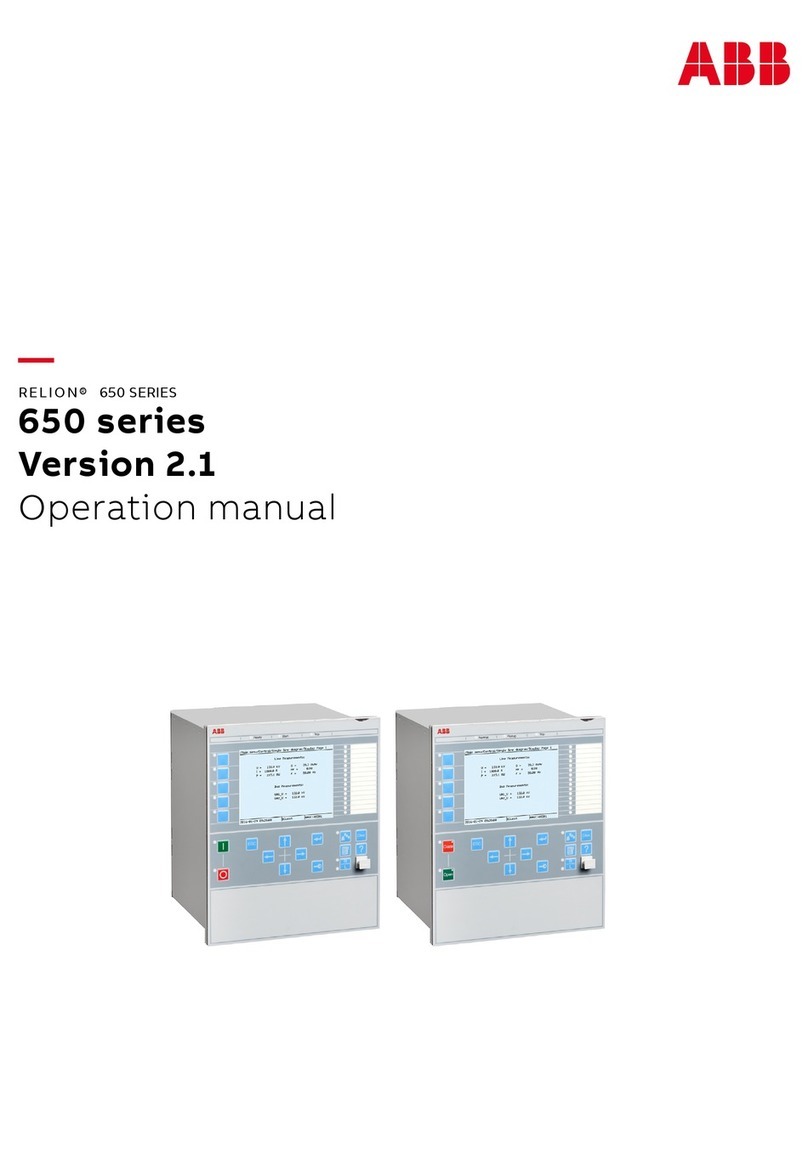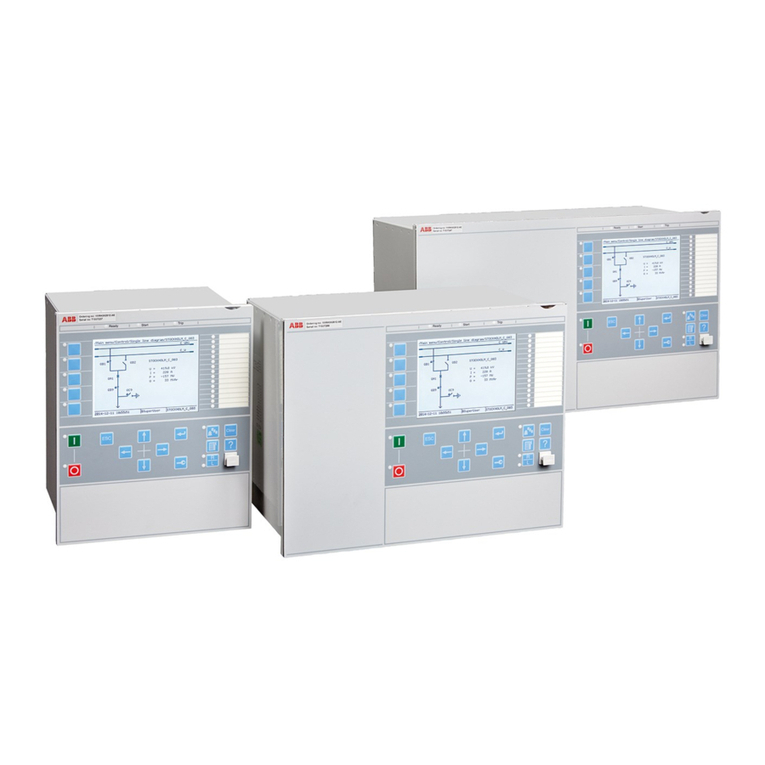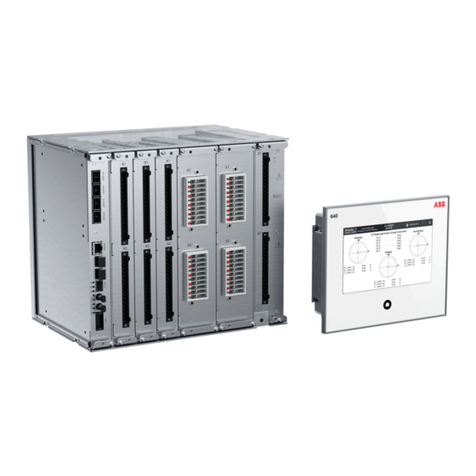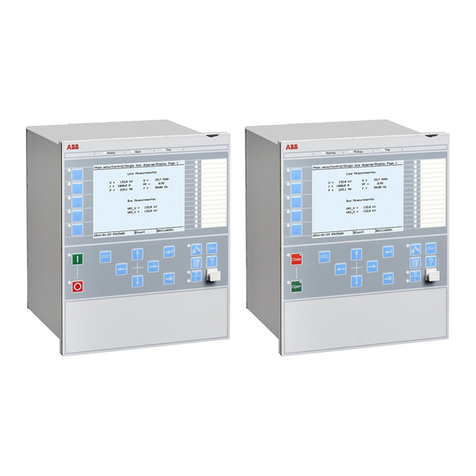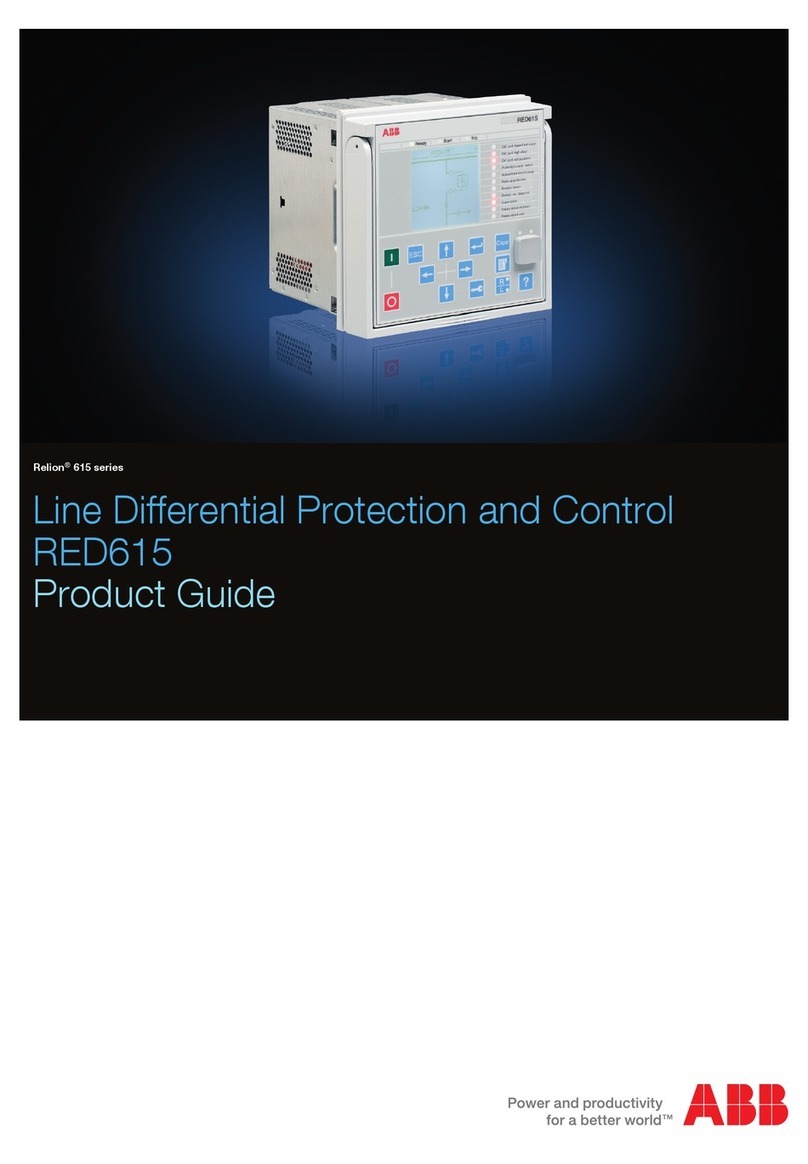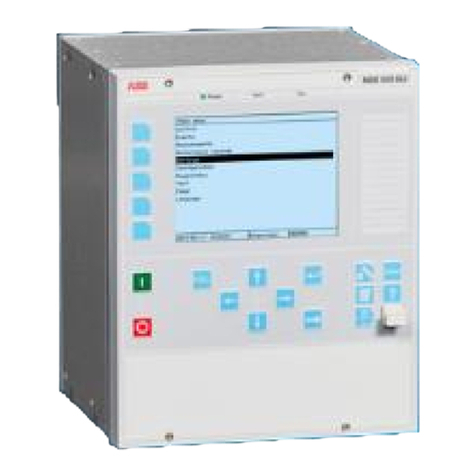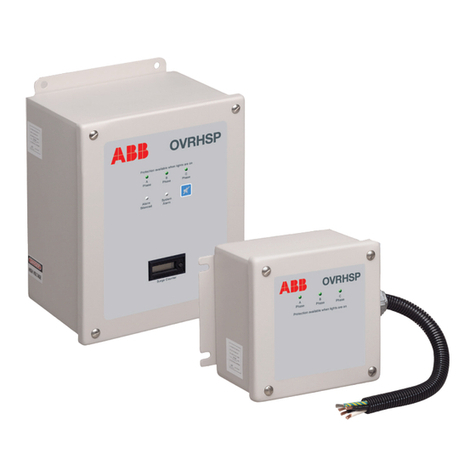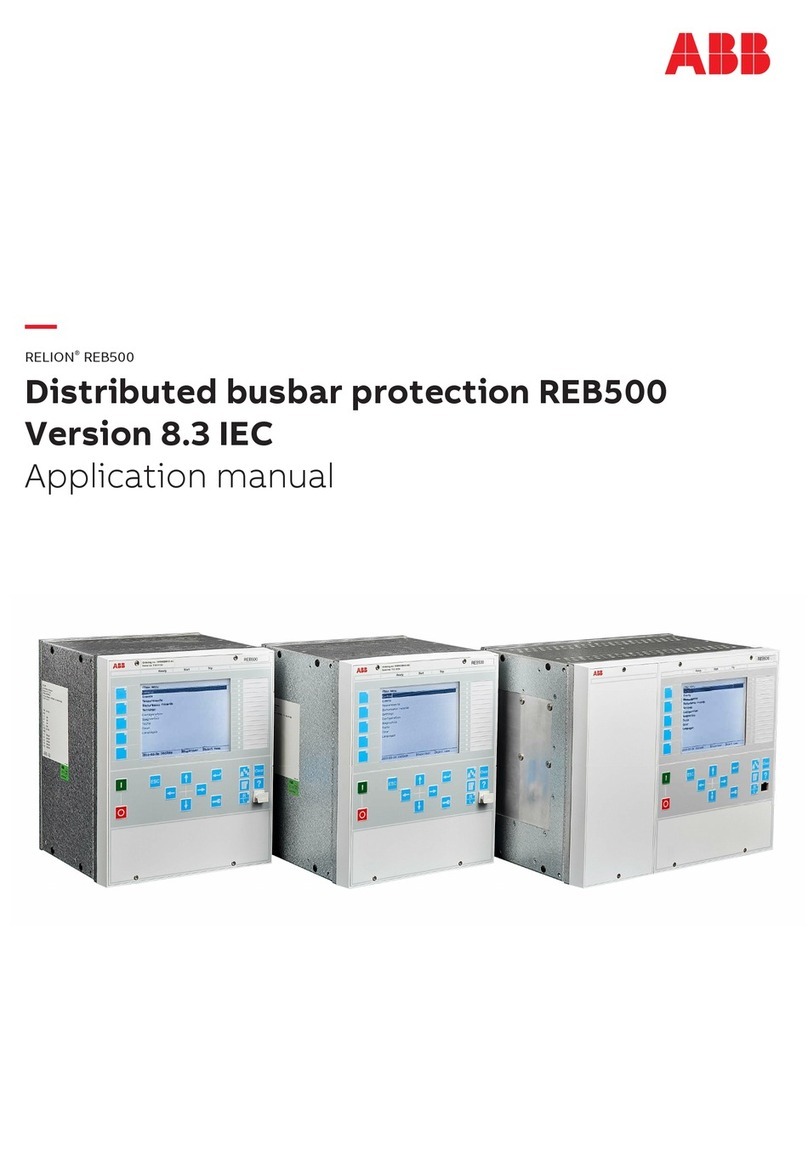
5 Mechanical installation
25Contents of this chapter ........................................................................
25Necessary tools and instructions .............................................................
25Unpacking and examining the delivery ......................................................
25Installing the module ............................................................................
6 Electrical installation
27Contents of this chapter ........................................................................
27Warnings ...........................................................................................
27Necessary tools and instructions .............................................................
28General wiring instructions .....................................................................
28Terminal designations ...........................................................................
28PTC sensor inputs ................................................................................
28XFLT input ......................................................................................
29XWRN input .....................................................................................
29Wiring examples ..................................................................................
30Wiring example 1 ..............................................................................
31Wiring example 2 ..............................................................................
32Wiring example 3 ..............................................................................
33Wiring example 4 ..............................................................................
34Wiring example 5 ..............................................................................
7 Parameter settings
35Contents of this chapter ........................................................................
35Drive / inverter ....................................................................................
37Switching frequency limitation ............................................................
37Other recommended settings ..............................................................
37FSO module ........................................................................................
38General parameters ..........................................................................
39Parameters for the STO function ..........................................................
41Parameters for the SSE function ..........................................................
41FSE module and safety encoder parameters ...........................................
42Notes ............................................................................................
43Mechanical brake control .......................................................................
8 Start-up and validation test
45Contents of this chapter ........................................................................
45Validation of the safety functions ............................................................
45Competence ....................................................................................
45Validation procedure .........................................................................
46Validation test reports .......................................................................
46Validation test .....................................................................................
9 Fault tracing
49Contents of this chapter ........................................................................
49Reporting problems and failures related to safety functions ...........................
49FPTC-02 module replacement .................................................................
49Fault andwarning messages ...................................................................
50LEDs .................................................................................................
6 Table of contents
